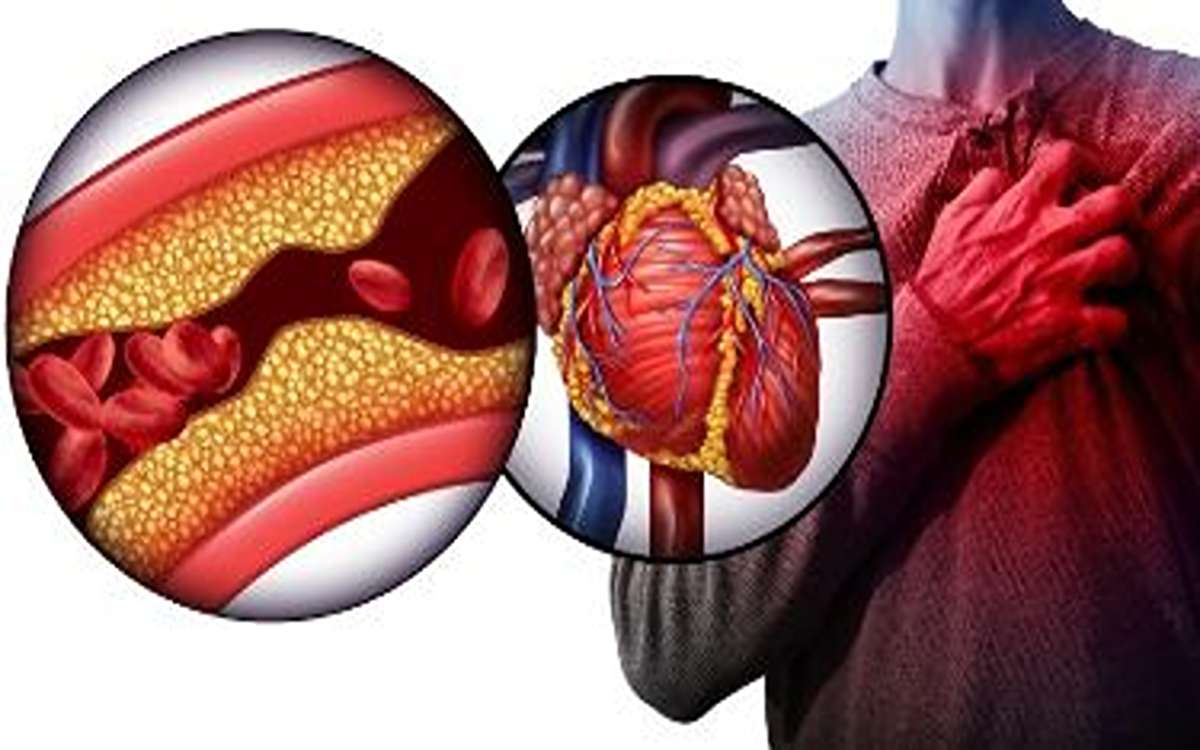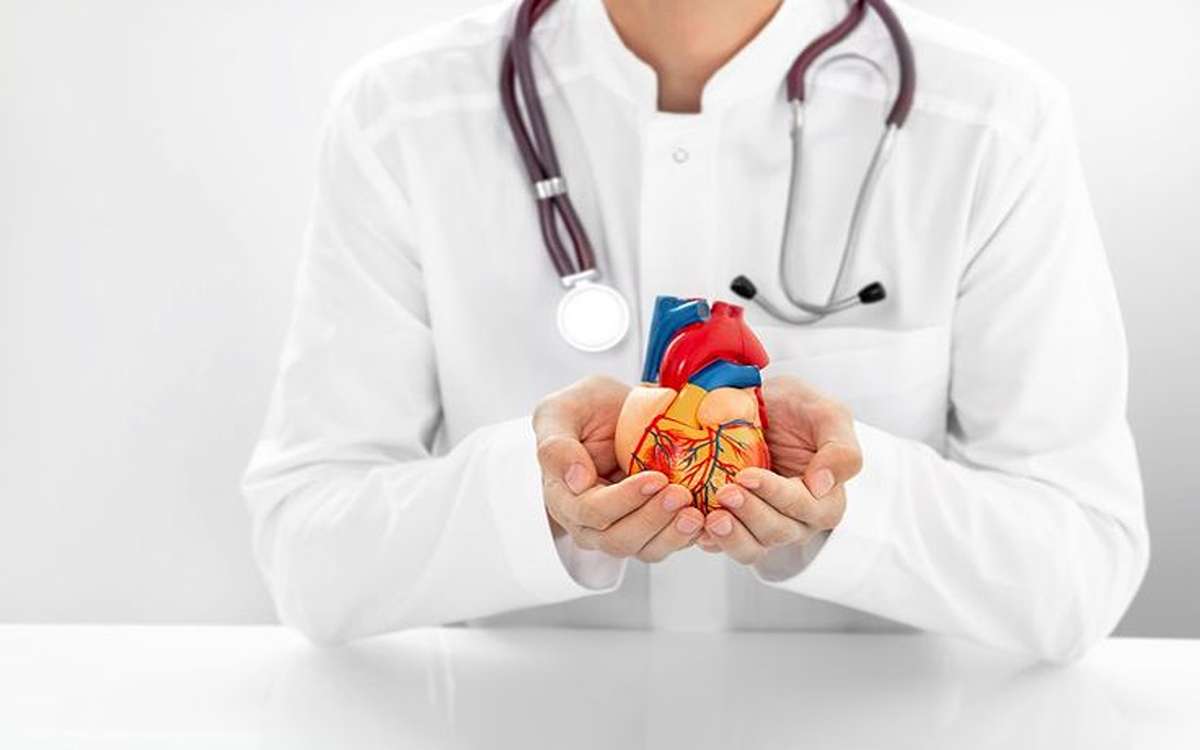- Cardiovascular disorders (CVDs) are the leading cause of death globally, claiming millions of lives every year. Though they are the most prevalent, they are topics often misunderstood or overlooked until they affect us personally or through someone we love.
- This article explores the intricacies of cardiovascular disorders, shares new updates and treatments, and interweaves personal stories to make the information come alive.
What Are Cardiovascular Disorders?
- Cardiovascular diseases are a class of conditions that affect the heart and blood vessels. These diseases include heart disease, stroke, high blood pressure, and other conditions related to them. They can be congenital, meaning they are present at birth, or lifestyle-related. The severity of these conditions can range from mild to life-threatening.
Common Types of Cardiovascular Diseases
1. Coronary Artery Disease (CAD)
- CAD occurs when one or more of the arteries that convey blood to the heart become narrowed, blocked, or narrowed due to plaque buildup, reducing its oxygen supply. This usually results in chest pain angina or a heart attack.
2. Hypertension (High Blood Pressure)
- Hypertension is often referred to as the “silent killer”. It causes too much tension in the heart and blood vessels, thus raising the threat of heart disease, stroke, and kidney disorders.
- dignity health physical therapy, define physical health, how does physical activity promotes health weight

3. Heart Failure
- This is a condition in which the heart fails to pump out blood properly, causing fatigue and shortness of breath or fluid retention.
4. Arrhythmias
- Arrhythmias are irregular heart rhythms that may be too rapid, too slow, or irregular. They can predispose to complications such as loss of consciousness, stroke, or heart failure.
5. Stroke
- A stroke occurs when blood flow is cut off to a part of the brain, either through a blockage (ischemic stroke) or a blood vessel rupture (hemorrhagic stroke).
6. Congenital Heart Disease
- These are structural heart diseases that are present at birth, and they usually require lifelong management or correction by surgery.
7. PAD
- PAD is a condition associated with the narrowing of the arteries in the limbs, hence causing pain, numbness, and susceptibility to increased infection.
A Personal Story: A Wake-Up Call
- I vividly recall the day my father had heart pain during dinner at home. What we dismissed as heartburn turned out to be a warning symptom of coronary artery disease.
- After an angioplasty and a considerable lifestyle overhaul, he is the healthiest he has ever been. That said, however, the incident highlighted the significance of the early recognition of symptoms and prioritizing heart health.
Cardiovascular Disorder Symptoms
- Early recognition of symptoms may save lives. Common signs include:
- Chest Pain or Discomfort: During physical activity or under emotional stress.
- Shortness of Breath: Especially during exercise or when at rest.
- Fatigue: Unexplained tiredness even when doing minimal activity.
- Palpitations: Lumps in the throat due to racing or skipping heartbeat.
Swelling: Mostly the legs, ankles, and feet.
Dizziness or Fainting: It means there is a chance for arrhythmias or other cardiac conditions.
Risk Factors
The following are risk factors for developing cardiovascular diseases:
- Lifestyle Choices: Smoking, lousy diet, and little or no exercise.
- Medical Conditions: Diabetes, high cholesterol, and obesity.
- Genetics: Family history of heart disease.
- Age and Gender: With age, the risk increases. Men are more likely to have CVD till women reach menopause.
Prevention and Lifestyle Changes
- While genetics and age can’t be controlled, a lot of risk factors are controllable through lifestyle modifications:
- Healthy Diet: Focus on whole foods, lean proteins, healthy fats, and low sodium.
- Regular Physical Activity: At least 150 minutes of moderate-intensity aerobic activity per week.
- Smoking Cessation: Smoking harms blood vessels and speeds up the formation of plaque.
- Alcohol Consumption: Avoid excessive intake to reduce stress on the heart.
- Manage Stress: Engage in stress-reducing activities such as meditation or yoga.
- Schedule Regular Check-Ups: Keep track of blood pressure, cholesterol, and glucose.
New Developments in Cardiovascular Disease
1. Advances in Treatment
- Minimally Invasive Procedures: The techniques of transcatheter aortic valve replacement (TAVR) are changing the treatment of valve disorders.
- Advanced Medications: New drug classes, like SGLT2 inhibitors, hold hope for better management of heart failure and diabetic heart conditions.
- Gene Therapy: Gene therapies are in experimental stages that try to repair the damaged heart tissue by changing the genes.
2. Technological Advancements
- Wearable Devices: Smartwatches monitor heart rate, detect abnormal rhythms, and send alerts to users about possible conditions.
- Artificial Intelligence (AI): AI-based solutions predict the risk of heart diseases and facilitate early interventions.
3. Prevention
- The growing incidence of CVDs worldwide is being tackled by public health campaigns, mainly through awareness and lifestyle education.
Living with Cardiovascular Disorders
- Life with a cardiovascular disorder is challenging, yet possible with resilience and a support system:
- Medicines: Adherence to prescribed medicines is crucial.
- Cardiac Rehabilitation: A structured program of exercise and education enhances heart health.
- Support Groups: Emotional and practical support may also be found in sharing experiences of others facing similar challenges.
FAQs About Cardiovascular Disorders
Q1. What is the leading cause of cardiovascular disorders?
- The number one causes are lifestyle factors diet, lack of exercise, smoking, and very high stress levels besides being genetically predisposed.
Q2. How will I know if the pain in my chest is heart-related?
- Heart conditions often come with shortness of breath, sweating, or radiating pain to the arms, jaw, or back. Always seek medical attention if unsure.
Q3. Can cardiovascular disorders be reversed?
- Although damage may not always be reversible, lifestyle changes and treatments can improve heart health and reduce further risk.
Q4. Is heart disease only a concern for older adults?
- No, younger adults are increasingly falling victim due to bad lifestyles. Prevention at an early age is important.
Q5: Can cardiovascular diseases be prevented?
- Yes, most of it is preventable with proper lifestyles, regular checkups, and managing the high risks like hypertension and high cholesterol levels.
Conclusion
- Cardiovascular diseases form one of the major global challenges facing us, but definitely, there is a way. Once identified, recognized for their onset symptoms, and adhered to through preventive measures, people can safeguard both themselves and their loved ones against them. Either through improvement in healthiness or staying current on newer advancements, one step moves closer to saving those precious hearts.
- As my family learned firsthand, heart health is invaluable. Don’t wait for a wake-up call—start prioritizing your heart today. A stronger, healthier heart is within reach for everyone.

